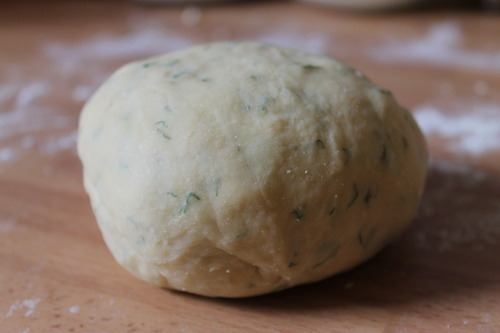A
classic Italian hunter stew, perfect for a post snowy weekend in January. The temperature just won’t seem to rise above 10 and remain and whilst we were all really over 2020, we’re definitely really over January 2021.That said, I’ve kept cooking and revisiting ingredients. I’ve added some orzo here which is a nice way to use it as I generally find its a bit of an odd ball of the pasta world. A bit like a risotto rice soul trapped in a pasta body!! But here, like rice, it gives a nice indulgence, substinance and texture! You can easily substitute in some butter beans, potatoes or rice, just adjust the liquid quantities accordingly.
Note: I like to remove the bone from my chicken thighs as they cook quicker and are easier for you and your guest to eat but its not a must! You can do this by using a pair of kitchen scissors if you chose to easily – you don’t need to buy them deboned. I’d prioritise buying thighs with skin on, than already deboned. I often find the deboned ones are skinless – gahh!
Serves 4
- 8 chicken thighs, skin on (deboned easily using a pair of kitchen scissors – optional)
- 1 red onion, chopped
- 2 garlic cloves, chopped
- 1 sprig rosemary, chopped finely
- 1 Sprig thyme, leaves picked
- 2 bay leaves
- Handful olives – everyone has their favourite so up to you
- 1 tbsp chopped capers
- 1 tbsp balsamin vinegar
- Large glass red wine (about 250ml)
- 1 chicken stock cube, made up of 300ml boiling water
- 1 can chopped tomatoes/cherry tomatoes
- 300g orzo, washed first
- Flat leaf parsley, finally chopped to garnish
- 1 lemon, zest only, to garnish
- Preheat the oven to 220 degrees.
- Heat a casserole pan over a high heat and add a splash of oil. Season the chicken and fry skin side down for about 5 minutes until beginning to turn crispy and golden. Flip it over to seal on the flesh side then set aside on a flat until needed.
- Add the chopped onion and garlic to the pan and sauté for a few minutes until soft and season. Add the chopped rosemary, thyme, bay leaves, olives and capers and stir.
- Turn up the heat and add the balsamic and let it bubble away. Add the red wine and cook out for a few minutes.
- Add the tomatoes and the stock and give everything a good mix.
- Add the washed orzo and stir well.
- Return the chicken thighs to the pan in one layer submerging the flesh but keeping the skin free from liquid if you want to get that crispy top.
- Bake in the oven for 30 minutes.
- Once ready remove from the oven, scatter over the chopped parsley and lemon zest and serve with some lightly buttered green beans!



















 5. Keep warm while you fry the fish. Season the fillets and score the skin to stop it from curling in the pan.
5. Keep warm while you fry the fish. Season the fillets and score the skin to stop it from curling in the pan.


 2. Once it has all be added (its may need a splash of water or wine to add a bit more moisture) knead into a ball. Add the chopped dill and then knead with the heal of your hand for a good 15-20 minutes until the dough is really smooth and it feels elastic.
2. Once it has all be added (its may need a splash of water or wine to add a bit more moisture) knead into a ball. Add the chopped dill and then knead with the heal of your hand for a good 15-20 minutes until the dough is really smooth and it feels elastic.









